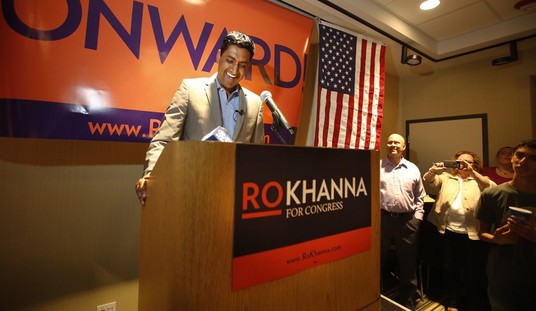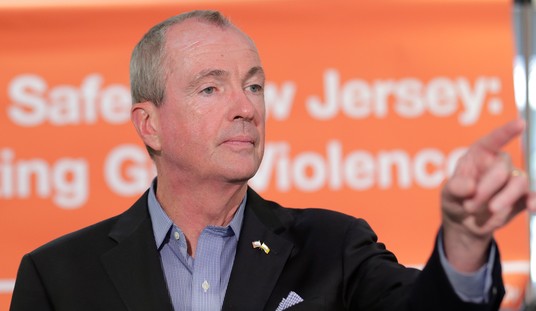While Congress once again didn’t manage to pass the latest iteration of a farm bill — the stubbornly opaque legislative behemoth that includes both that most shameless of subsidization rackets we call “agricultural policy” and the ever-expanding federal food stamp program — the conferees in both the House and Senate have for the past few months been working on a passable version that they hope will be able to avoid a repeat of the dramatic Congressional episode of last summer and quietly re-implement some of the United States’ most broken and free-market distorting policies without any real attempts at reform. If there is more headlining legislative drama, it’s likely to be over the food stamp program that consumes the lion’s share of the Department of Agriculture’s budget and the accompanying demagoguery from the Democrats, but let us not forget the hundreds of millions of dollars that are doled out to corporate agribusinesses based on antiquated and misguided notions about industries that somehow merit special government “help.”
One aspect of U.S. “agricultural policy” that receives plenty of negative attention are the direct payments that go to farmers of ten major crops to the tune of at least several billion dollars a year — and plenty of lawmakers will likely be congratulating themselves on the fact that the latest farm bill will finally put a stop to the wasteful and fraud-riddled direct payment program. As the WSJ points out, however, it looks an awful lot like the bill is just trading one horrible type of subsidy for another:
But the emerging compromise, which would replace direct payments with beefed-up crop insurance and other protections for farmers, has already triggered criticism from outside groups who say it won’t radically reduce the amount of risk the federal government assumes in the agriculture industry.
“It’s moonshine by another name,” said Scott Faber, vice president of government affairs at the Environmental Working Group, an organization that opposes the subsidies because of environmental and other concerns. “We’re replacing a discredited subsidy with a soon-to-be discredited subsidy.” …
Mr. Faber and others question whether the new suite of programs will transfer enough risk to farmers and say it could end up being more expensive if more farmers than expected enroll in the new crop-insurance programs or prices fall for a sustained period.
Under the current crop-insurance program, which is projected to cost taxpayers $84 billion over 10 years, the federal government subsidized nearly 63% of the average premium in 2012. With the new supplemental crop insurance, which would help cover out-of-pocket losses, the U.S. would subsidize 65% of premiums.
Direct payments, by the way, were originally intended to only be a temporary form of support for the farming industry that would be reduced over time; kind of funny how subsidies once attained are reliably resistant to dissolution, huh? I wonder how this whole “this new crop insurance program could turn out to be more expensive than expected” thing will turn out.








Join the conversation as a VIP Member